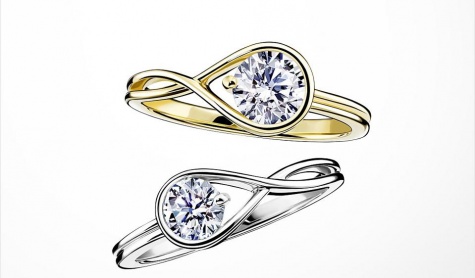
Grace Parry | Writer
May 7, 2021
Jewelry company Pandora creates and sells more jewelry than any other business in the world, and they have just shifted to 100% lab-grown diamonds in order to become more sustainable and to try and help stop human rights violations in many of the world’s largest gem mines. Pandora also currently uses 60% sustainable energy overall and is hoping to have all manufacturing energy be completely sustainable when their next line comes out. They plan to use 100% recycled gold and silver in their jewelry by 2025 as well.

Pandora hopes to encourage other jewelry companies, big and small, to make the switch to lab-grown diamonds and gems as well as promote them to everyday people. Lab-grown diamonds are not only much cheaper, but optically, chemically, and physically exactly the same as mined gems along with being completely ethical and traceable to their source.
“I hadn’t heard about this before but that is super exciting because I always buy lab diamonds because they are so much cheaper and better for the environment than mining,” freshman Brady Sutton said.
Lab-produced gem are significantly less expensive and do not require very much human labor, in opposition to the gem and precious metal mining industry. In Burma specifically, human rights abuses are very common because of the mining operations around their high quality rubies, jade, sapphires, and spinel, which make up 90% of the global gem trade by value, which are surveyed by military authorities. Further, the poverty in Burma creates incentive for people to sneak into the mines at night to steal gems, where many get hurt or die in accidents, or are killed by the military if caught in the mines or surrounding area without clearance.
In mines around the world, land confiscation, extortion, forced labor, child labor, environmental pollution, unsafe working conditions for miners, HIV/AIDS, drug-resistant malaria, and tuberculosis are major issues. While conditions in Burma, Myanmar, and other countries with prominent gem mines are slowly becoming better, a cultural shift towards sustainability and growing demand for lab-grown diamonds would mean that there would no longer be as rampant of forced labor in deplorable conditions, as well as helping with the many environmental issues that go alongside mining.

Leave a Reply